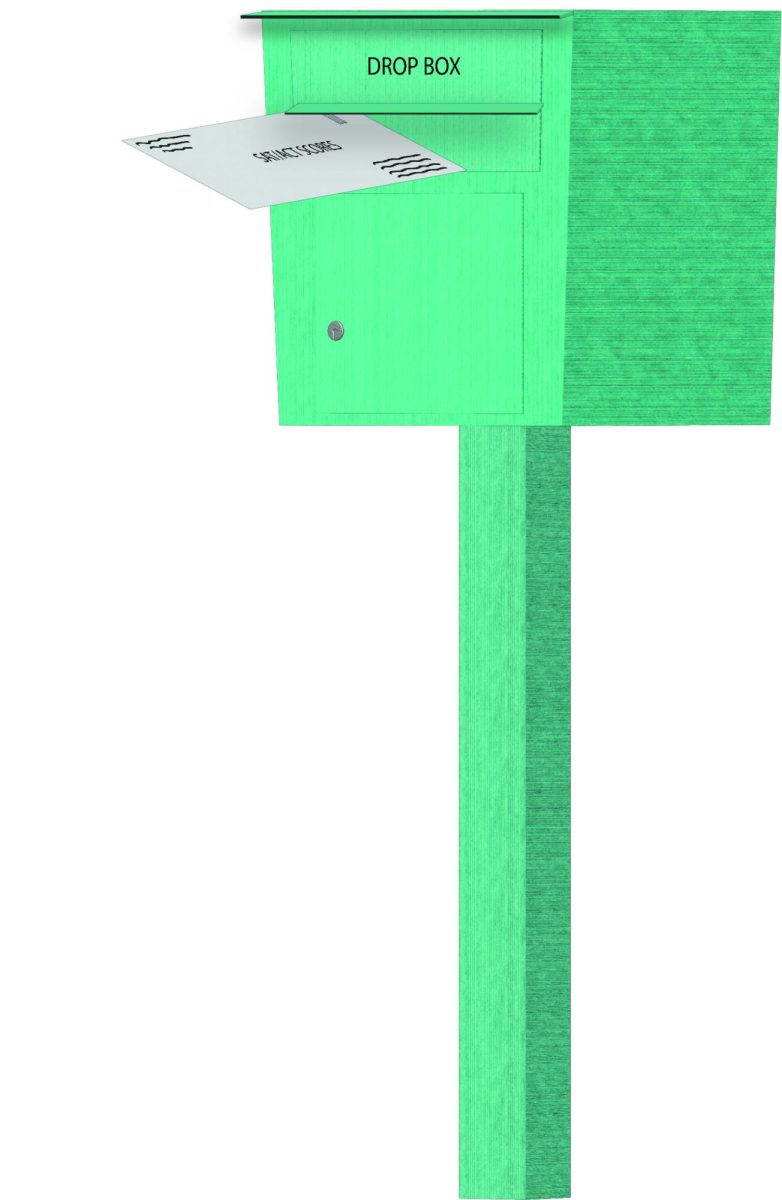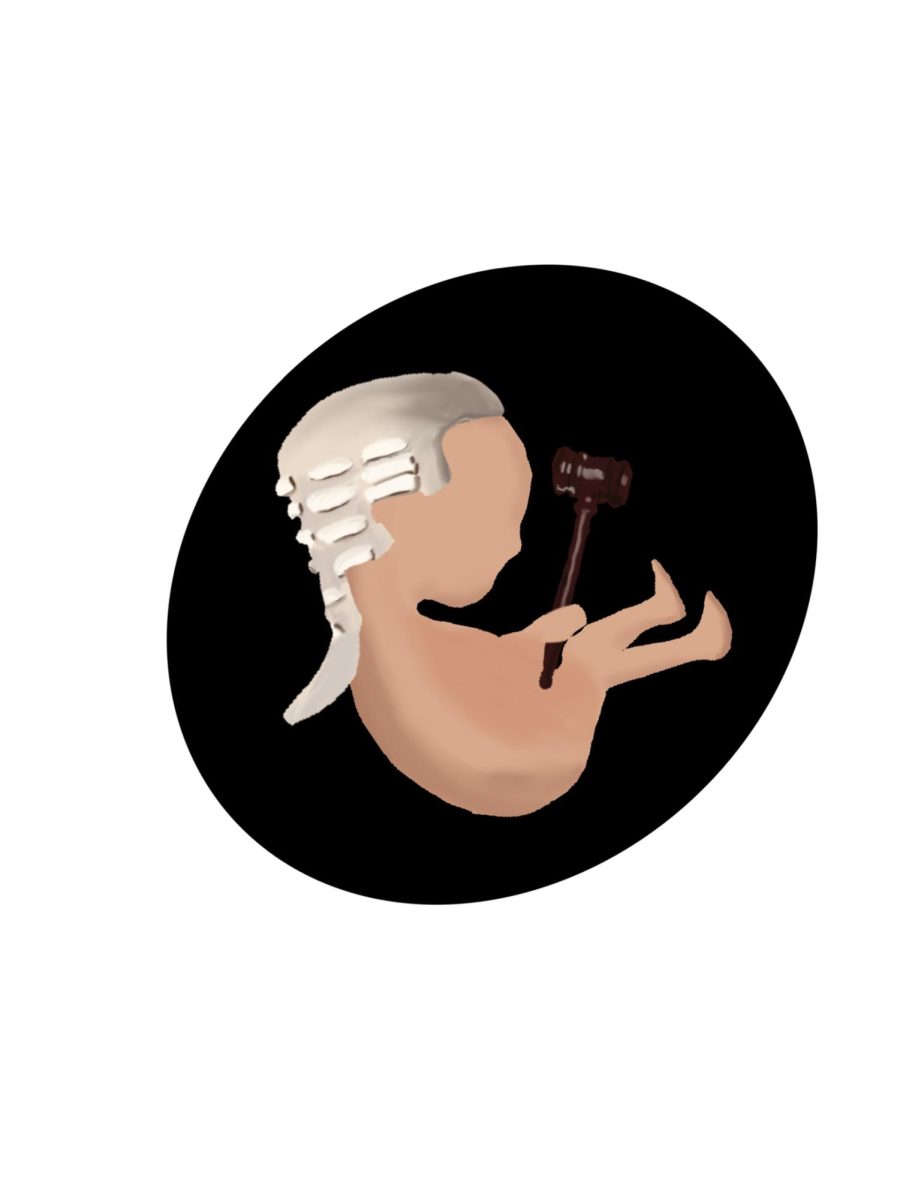A uniform grading system across all departments in the form of a plus/minus system needs to be implemented at UTSA. Currently, each department can decide whether to use a plus/minus system or a whole-letter system. Consistent grading systems are important for students who are applying for graduate work and for anyone who relies on GPA-based financial support.
Additionally, the current system creates a conflict for students who take cross-listed courses. Students taking the same class can make the same grade, yet their GPAs are weighed based on the grading systems.
Having any form of a plus/minus grading system ensures a more accurate representation of a student’s academic performance compared to traditional whole-letter grading system. In a plus/minus grading system, a 98/100 is considered an A+ and weighed as a 4.00 GPA. However, in a whole-letter grading system, a 90/100 is also an A and is weighed as a 4.00 GPA.
Furthermore, many law schools, grad schools and other post-grad institutions will weigh an A+ as a 4.33 GPA and an A as a 4.00 GPA. The plus/minus grading system is beneficial for students who want their superior grades to be accurately represented and who want to excel beyond their undergraduate education.
Although, in traditional plus/minus grading, letter grades accompanied by the dreaded minus sign (A-/B-/C-/D-) are weighed below the GPA of the letter grade alone. For example, an A- has a GPA of 3.67 compared to an A, which has a GPA of 4.00.
In a traditional whole-letter grading system, all grades of 90/100 and above are graded as an A and are weighed equally as a 4.00 GPA. Students who are enrolled in difficult courses may find refuge in this grading system because earning a 4.00 GPA is inherently easier than earning the same GPA in a plus/minus system.
While a whole-letter grading system allows for the success of more students, a plus/minus grading system allows for a more honest representation of hard work. Rather than conflating minus-quality work with plus-quality work, the university should implement the plus/minus grading system across all departments.


















